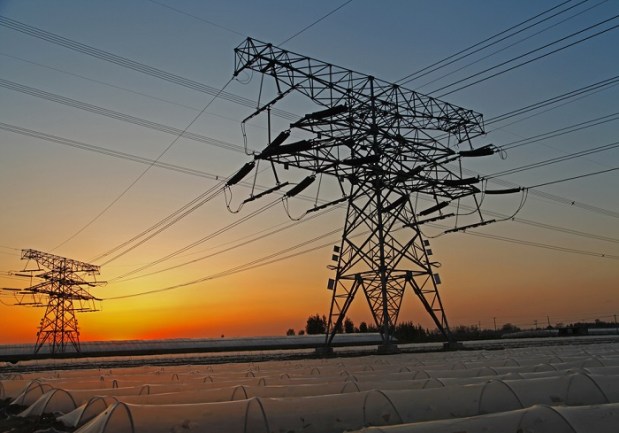Can The Power Grid Handle The IoT?

There’s been a lot of talk about what the Internet of Things will eventually be able to do — link home thermostats to residents’ locations, help commuter trains run more efficiently and much more. However, has enough thought been given to the infrastructure that will make all of this happen?
According to a special report from USA Today, the answer is a resounding no — or, at best, a firm maybe. In question is the accelerating scope of not only the amount of data mined by IoT devices but the near-instantaneous need for corporations and marketers to compile and analyze that data for actionable intelligence. In a report quoted by USA Today, Peter Kelly-Detwiler, cofounder of NorthBridge Energy Partners, explained that this two-headed beast could present a serious drain on the country’s — and the world’s — energy infrastructure.
“At this point, with known technologies, it appears that the U.S. power grid will continue to face challenges in offering reliable and uninterruptible power,” Kelly-Detwiler said. “This has real economic costs.”
In question are the increasing number of data centers being built across the globe. Kelly-Detwiler cited these often monolithic, windowless structures as one of the fastest-growing categories of energy consumers. With 3 percent of the world’s power being gobbled up by server farms — a 100 percent increase since 2010 — the need for a stronger and more stable power grid is becoming crucial to the continued development of large scale IoT projects.
That is why many U.S. companies are looking elsewhere when deciding where to build their all-important data centers. USA Today explained that Scandinavia is proving a popular destination for companies like Facebook, as countries in the region have largely spent decades developing reliable energy networks that are also significantly supplemented by renewable resources, which could be business-saving insurers against an increasingly unstable fossil fuel market.
